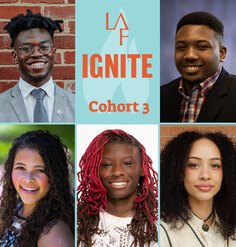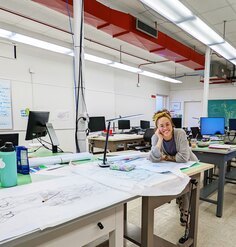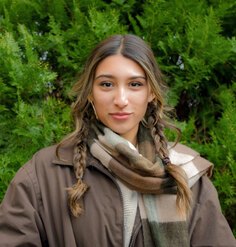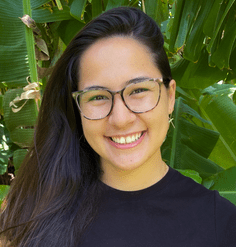Olmsted Scholar Feature: Ethnicity and Urban Park Design - Re-Envisioning South Omaha
By Katie Leise, 2015 University Olmsted Scholar
Public parks provide essential green space for people to congregate, exercise, and seek respite from the city. Since the conception of Central Park in the mid-1800s, planners and designers have strived to meet the evolving needs and profiles of urban park users. Therefore, understanding contemporary user recreation patterns and preferences is critical for relevant urban park design.
Several factors, including ethnicity, influence leisure styles and should be considered when designing parks. My Master’s Report, Re-Envisioning South Omaha Urban Parks with Community Diversity in Mind, tackles that subject with a focus on parks in South Omaha, Nebraska. Residents living in this area comprise over ten different ethnic groups. Notably, Omaha’s largest Hispanic community resides in South Omaha as well.
Through quantitative and qualitative research, including site analysis, precedent studies, and community interviews, five central themes emerged:
- Community Engagement
- Range of Recreational Activities
- Spatial Relationships, Design, and Design Details
- Parks as Social Space
- Maintenance, Operations, and Expectations
The themes, particularly Range of Recreational Activities and Spatial Relationships, Design, and Design Details, influence a strategy that strives to redesign urban parks in South Omaha with goals of form, function, and foundation. The design goals respond to the community’s unique ethnic composition while maintaining flexible use for all residents and visitors.
Conceptual redesigns for Lynch Park and Spring Lake Park illustrated the design goals. The proposals incorporated the leisure preferences and recreation patterns as revealed through community interviews of the Hispanic majority as well as the European, Asian, and African minority ethnic groups. The most commonly identified desires by South Omaha residents were flexible spaces, several picnic areas for large groups, continued park maintenance and upkeep, and scheduled events for residents to engage and grow relationships within their community. Connecting with local residents at convenient locations throughout South Omaha was critical to the design process.
Unprogrammed spaces are key to urban parks, particularly when the community exhibits various cultural roots. Flexible areas allow visitors to utilize the space as needed to fit their recreational desires on an individual or community-wide basis. Beyond design, scheduled events at urban parks also contribute to their overall success. Utilizing local organizations and encouraging them to host activities in the parks promotes continued use. People attract people, and in ethnic groups where social life is central, activating the park is as important as the design itself.
Maintenance and upkeep, though difficult tasks, also influence visitor participation. Maintenance plans that prioritize frequently used parks contribute to the appeal and popularity of the park. Additionally, knowledgeable staff and multi-lingual signage help ethnic minority participants feel comfortable in the park environment, promote safety, and discourage discrimination.
Ethnicity is one important consideration among many that should be incorporated into urban park design. Successful urban park design ultimately responds to a community uniquely, keeping in mind, but not singling out ethnicity. As the United States continues to diversify, community-oriented design is increasingly important to landscape architects.
To read the full Re-Envisioning South Omaha Urban Parks with Community Diversity in Mind report, visit: http://hdl.handle.net/2097/19020
Katie Leise completed her Master of Landscape Architecture from Kansas State University in May 2015. She is currently employed with Kimley-Horn & Associates in St. Paul, Minnesota.











